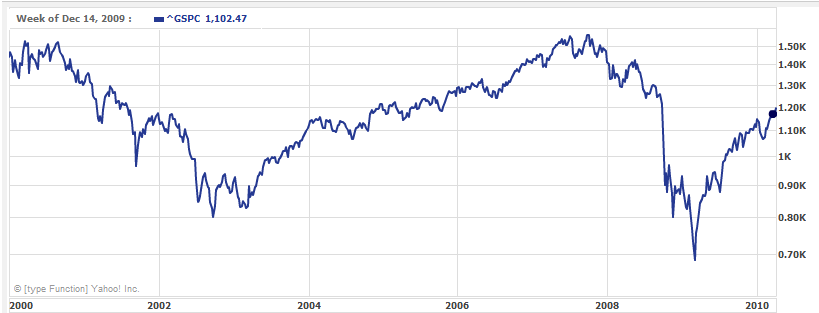I have a huge amount of sympathy for many of the people who are recently retired or close to retirement.

I can’t imagine how difficult it would be to have the responsibility for managing one’s own investable retirement assets given the level of capital market volatility over the past decade or so.
The stakes are high and the pressure must be enormous as the daily mental checklist for retirees likely involves at least some of the following:
- Figure-out how to grow my investable assets without losing too much money.
- If I fail at the above, I will be forced to consider:
- Significant financial and lifestyle adjustments.
- Returning to work.
- The possibility of running out of money during my retirement.
There are millions of people in this self-service or “do-it-yourself” position. These are people who do not have access to the type of defined benefit pension plans that are available to public sector workers, and who will have resources beyond the floor of income provided by Social Security because they have saved well during their working years.
While Senators and others are beginning to question the sensibility of the do-it-yourself approach, it makes sense to at least think about the cold, hard facts that all retail investors face:
- As indicated by Vanguard Founder and former Chairman John Bogle, the average retail investor generated a real (after inflation) return of 3.3 percent per year during the (bull market) period beginning in 1983 and ending in 2003. This compares to an average return of 13 percent for the S&P 500 over this same period.
- The performance of the average actively managed mutual fund lagged an S&P 500 index fund by a full 3 percent over the 20 year period starting in 1983 and ending in 2003.
- After accounting for taxes and inflation, this performance lag rises to 4.1 percent.
- On top of this, Bogle demonstrates that there is an additional performance lag incurred by retail investors as a result of poor investment decision making (poor timing, chasing returns, etc) that totals 3.7 percent per year.
The majority of the above results occurred during what proved to be “salad days” for the capital markets. It would be interesting to see what retail investment performance has looked like over the past 7 years.
On top of this, it was recently reported that one of the top performing financial advisors covered by the Hulbert Financial Digest has had his clients mainly in cash over the past 30 years.
Seriously, at a certain point why even bother?
- tom's blog
- Log in to post comments

